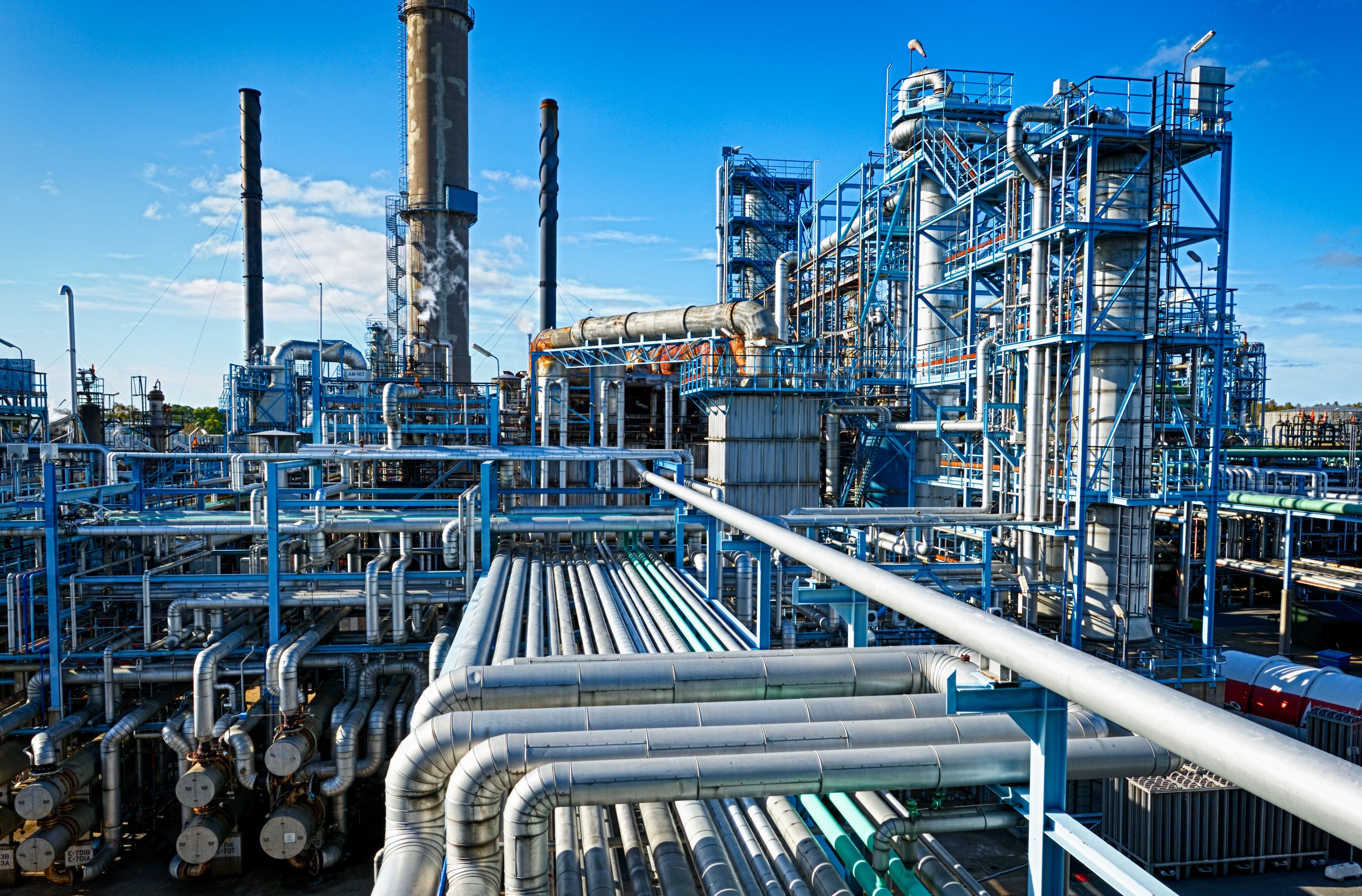- Center on Health Equity and Access
- Clinical
- Health Care Cost
- Health Care Delivery
- Insurance
- Policy
- Technology
- Value-Based Care
Oil, Gas Flaring Linked to Premature Deaths, Asthma Exacerbations Among Children
Controlling emissions can lead to significant improvements in public health in surrounding communities, according to one study.
Pollution from oil and gas venting and flaring in the US has resulted in significant health damages, including premature deaths and asthma exacerbations among children, a recent study found.
oil and gas industry | christian42 - stock.adobe.com

Accurate reporting and controlling of emissions are not only profitable for operators but can also significantly improve health conditions among those living in surrounding communities.
This population-based study is published in GeoHealth.1
“Being able to combine information from what states are reporting with satellite retrievals helped us quantify the emissions from this sector better than just relying on one source,” said Sarav Arunachalam, MS, PhD, deputy director of the University of North Carolina at Chapel Hill Institute for the Environment, and senior author of the study, in a statement.2 “Using a comprehensive multipollutant modeling framework as shown in our study is needed to assess the overall air quality impacts of this sector, instead of just focusing on one pollutant.”
Venting and flaring are used by oil and gas producers worldwide to release or burn away excess natural gas in crude oil production. However, this practice is known to contribute to air pollution in surrounding and downwind communities, resulting in increased risk of hospitalizations, emergency room (ER) visits, worsening of asthma exacerbations, and even premature death.
In this study, the researchers used remote sensing and reported activity data to estimate emissions, to better understand the impacts of flaring and venting from oil and gas production and processing on air quality and human health.
However, quantifying emissions for flaring and venting in this industry has been difficult due to the intermittent nature of the practice, as well as how the emission are reported.
Using satellite images from the Visible Infrared Imaging Radiometer Suite (VIIRS) instrument on the Suomi National Polar-orbiting Partnership (NPP) satellite, the researchers were able to observe both flaring and venting activities, as well as state and local reported data on emissions.
Based on these estimates, flaring and venting activities were found to contribute to about $7.4 billion in health risks and 710 premature deaths, and 73,000 asthma exacerbations among children annually in the US.
The refined estimates found were higher than those reported in the National Emission Inventory, with fine particulate matter (PM2.5) being 15-times higher, sulfur dioxides were 2-times higher, and nitrogen oxides (NOx) were 22% higher.
Additionally, 360 of the premature deaths were attributed to PM2.5, ozone (O3), and nitrogen dioxide (NO2), with Texas, Pennsylvania, and Colorado accounting for 45% of flaring and venting air pollution excess deaths.
Furthermore, low-income, Hispanic and Native American communities were found to have the highest air quality health burdens of flaring and venting. The estimates showed that 1 in 3 early deaths caused by flaring and venting occurred in Hispanic/Latino (30%) census tracts and Native American (10%) census tracts. Moreover, 40% of the identified childhood asthma cases occurred in Hispanic/Latino census tracts.
“This research provides more evidence of the problem of excessive venting and flaring in the oilfield,” said Hillary Hull, a co-author of the study and director of research and analytics at the Environmental Defense Fund, in a following statement.2 “This practice wreaks havoc on our climate, worsens quality of life and creates more health risks for people who live near this activity. State and national policies designed to put an end to this dangerous practice are sorely needed to protect the health and well-being of these communities.”
References
1. Tran H, Polka E, Buonocore JJ, et al. Air Quality and health impacts of onshore oil and gas flaring and venting activities estimated using refined satellite‐based emissions. GeoHealth. 2024;8(3). doi:10.1029/2023gh000938
2. New study quantifies health impacts from oil and gas flaring in U.S. EurekAlert! News Release. March 12, 2024. Accessed March 15, 2024. https://www.eurekalert.org/news-releases/1037406.
Insurance Coverage Limits JAKi Therapy Access for Patients With AA, Especially Non-White Populations
April 25th 2024A survey study showed major barriers to Janus kinase inhibitor (JAKi) therapy for patients with alopecia areata, especially for non-White patients who face higher rates of being uninsured and struggle more to afford the treatment.
Read More
